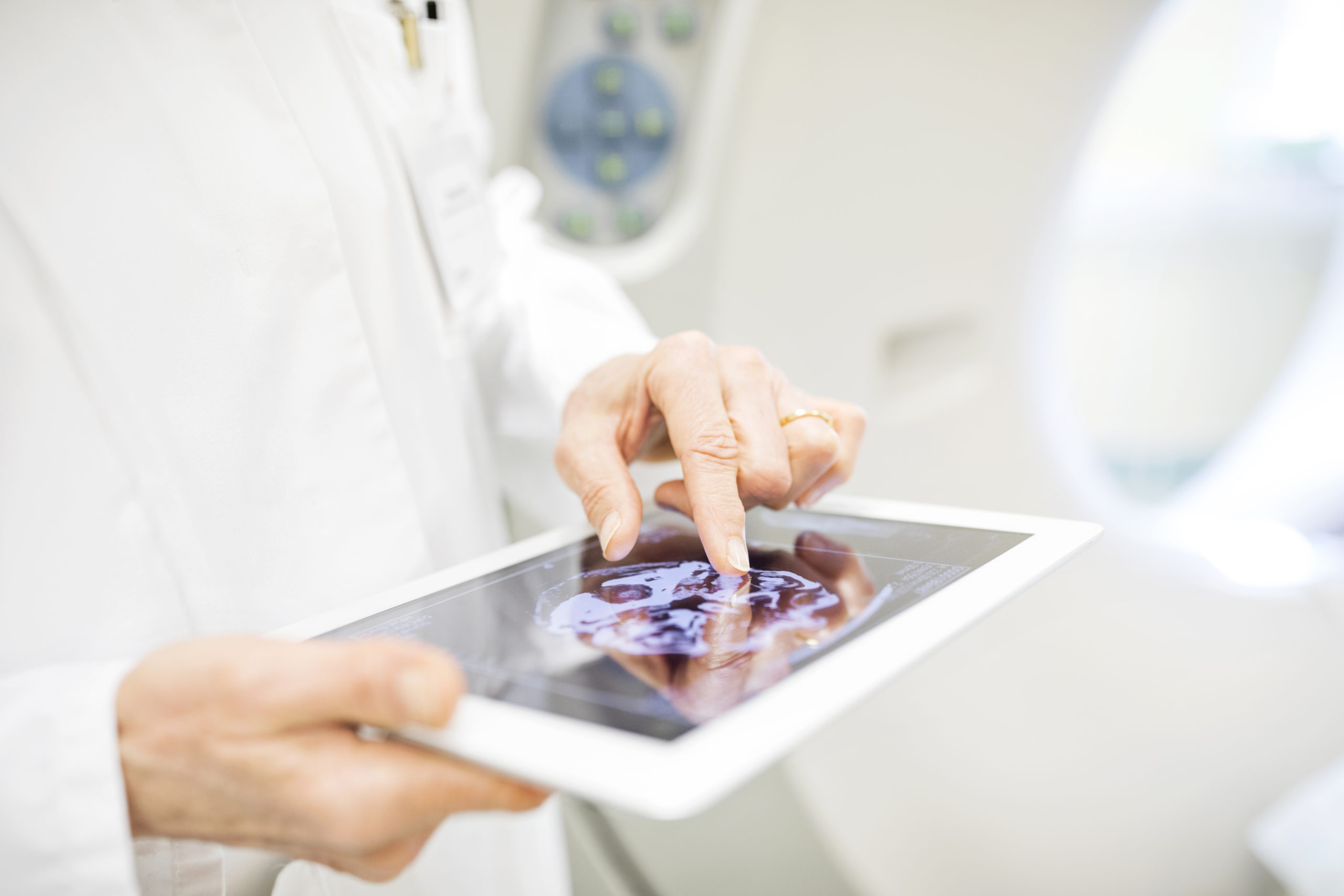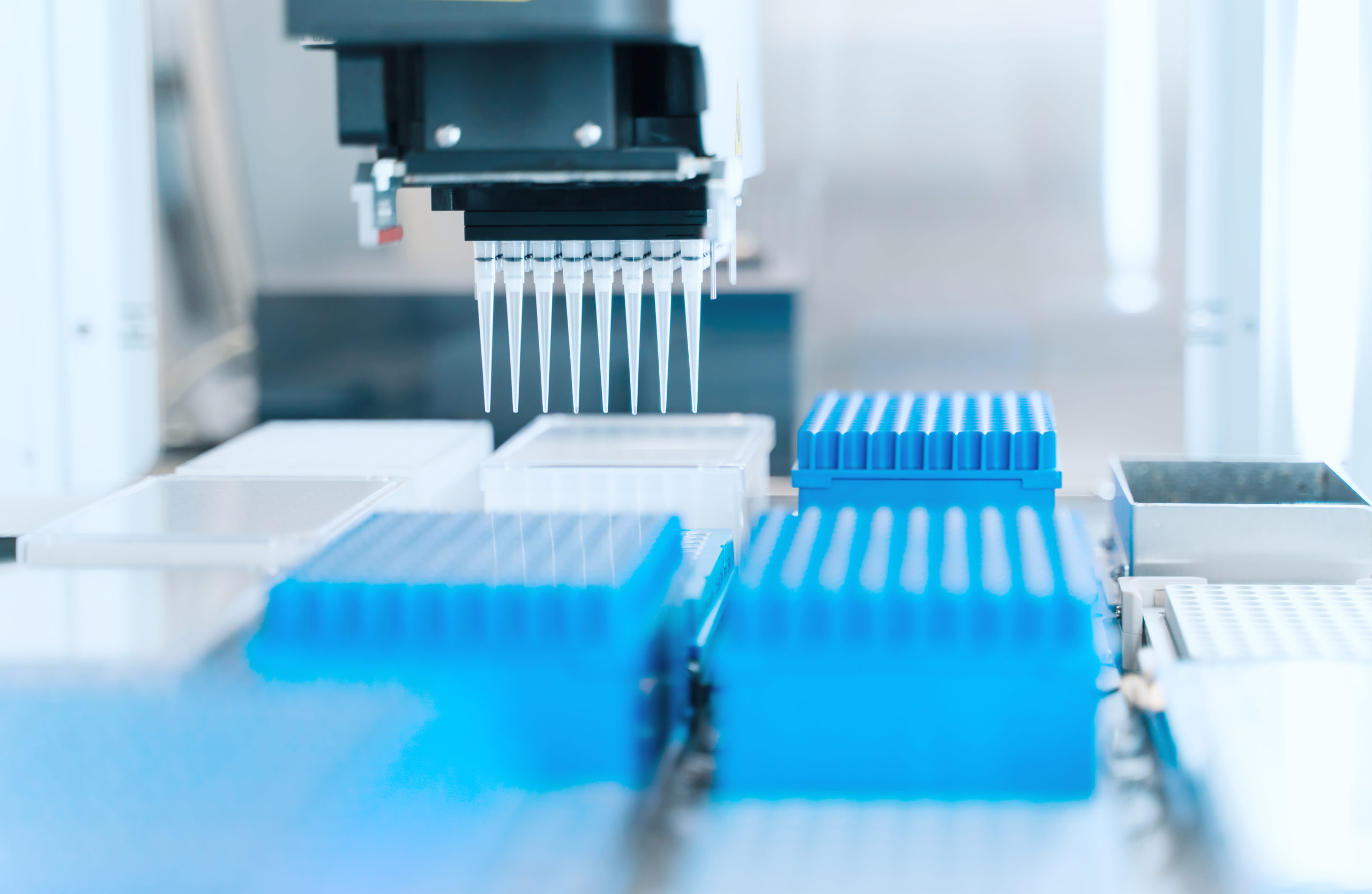Samples and data from biobanks and health data registries comes with a price tag. Typically, there are costs associated with obtaining such resources, and the specific amount depends on the project plan and agreement type. In some cases, commercial partners may form consortia to share the financial burden and risks. Intellectual property (IP) considerations also play a crucial role, with agreements needing to address the handling of pre-existing IP and compensation for refraining from developed IP rights.
Various agreement models exist, including service agreements, data rent agreements, joint research agreements, accelerator agreements, and exclusivity agreements, each tailored to different needs and circumstances. These agreements encompass aspects such as data analysis, access to individual-level data, joint research with academic partners, equity exchange, and exclusivity periods. The choice of agreement model depends on factors like analytical expertise, unique features of the biobank, desired research goals, and available resources.
Costs
In most cases, samples and data from biobanks and health data registries come with a price tag. The cost depends on the project plan and type of agreement. Depending on the scale of the project and funds needed to execute it, commercial partners may decide to form a consortium to share the costs and risks.
Intellectual properties
In many cases, it is necessary to consider how intellectual property (IP) should be handled in the agreement. For example, the agreement should specify how pre-existing IP should be handled in joint research projects, or how partners should be compensated for refraining from developed intellectual property rights.
Service agreement
This type of agreement is feasible when the company wants the analysis work to be conducted by the biobank. A service contract usually covers a report, algorithm, or analysis. Early-stage clinical trials and deep phenotyping studies carried out for the first time (first recall) studies are also usually structured as service contracts.
With this type of agreement, all IP rights remain with the academic party. In some cases, if needed, IP can be licensed to the commercial partner to lower the cost and risk of bringing a solution to the market. The value of a service contract is usually in the range of 100K€ to 200K€.
With this type of model, the company usually provides the biobank with clearly defined questions. Ideally, an exact analytical plan is also provided to the biobank.
When searching for a biobank to sign a service model agreement with, look for the following features:
- A data collection with unique and special features that requires special know-how to handle
- A strong track record on publishing original research papers in high impact scientific journals
- An employed team of well-established experts with outstanding publishing track records
- Preferably a track record on successfully delivered commercial contracts
Data rent agreement
This type of agreement is used when the company itself, or a subcontractor, will carry out research and analysis on data. Here, the company only seeks access to data on individual level.
A data rent agreement can be feasible in the following cases:
- When the company itself has sufficient internal analytical expertise
- When the biobank lacks analytical expertise
- When there is a need to apply similar procedures across several data sources, some of which are internal and cannot be shared
- When applying third party analysis services
Data rental models require biobanks to provide solutions for sharing data at the individual level, as well as computational cloud services and highly structured, harmonized data that can be used and understood by external partners. These contracts typically range from 100K€ to 500K€.
Joint research agreement
This type of agreement is feasible when the company can carry out the analysis together with an academic partner. It is a hybrid version of a service and data rent agreement.
Joint research arrangements are preferred in the following cases:
- When both industry and academic partners have strong scientific track records
- When the biobank has unique or special features that require heavy involvement of data custodians
- When the biological samples are profiled by novel high-throughput technologies
- When there is an interest in applying novel statistical models or molecular biology methods not yet available for licensing
Usually, all intellectual properties emerging from a joint research project are jointly owned. Short-term exclusivity terms will be set on newly generated molecular data, and all data will be made publicly available for both the academic and private sector.
A joint research project is sometimes structured through consortium agreements. One such example is the FinnGen partnership, funded by both a government agency and eight pharmaceutical industry representatives, with a budget of over 70M€. The partnership aims to collect and genetically profile 500,000 Finnish people. The main motivation for the industry to engage through a joint research model is to gain access to academic expertise and generate novel biological insights that will potentially lead to novel therapeutics or services. Such contracts range between 500K€ to 5M€, and some partnerships have budgets of 100M€.
Accelerator agreement
This is a type of agreement that is especially relevant for start-ups with limited funds, experience, and expertise. Here, biobanks offer data and expertise in return for equity in the start-up company. Hence, the biobank needs to be associated with a holding company that can handle the equity. This type of project should be operated by an experienced team through subcontracting.
The accelerator model enables a wide range of business ideas to be quickly evaluated and brought to market via:
- Fast evaluation of business idea through real world data.
- Access to pre-existing data enables development of IP
- Mentoring and expert advice from scientific leaders in diverse fields
Exclusivity agreement
When performing molecular profiling, a two-stage agreement may be feasible for companies. In the first phase, the cost of molecular profiling is covered by a single company, enabling exclusive use of phenotype data available at the biobank in a series of R&D projects. Such agreements involve exclusivity terms with a defined end date, typically up to 48 months. In some cases, the data can be used for research and teaching by other partners during that time, while the publication of scientific articles and patent applications is not permitted.
Broad limitations will usually be set for an industry consortium-funded large-scale project, which means that all activities by data custodians will be restricted for a limited time, usually ranging from 9 to 15 months, as longer restriction periods will not be accepted by biobank stakeholders.
In the second phase, i.e., when the exclusivity rights are lifted, all partners can use the generated data commercially.





